In recent years, balcony and urban gardening has surged in popularity as city dwellers seek to make the most of their outdoor spaces. After all, who wants to look out on a sea of concrete or bare turf? Not me! With smaller spaces like townhouses and apartment living, knowing which plants to prioritise in your relatively small space can be tricky. One clever design trick is to choose edible ornamental plants that look fabulous and can be harvested to use in your kitchens, making them a win-win plant choice!
Balconies and townhouse gardens offer the perfect opportunity to grow a variety of plants, including edible ornamentals, that not only beautify your space but also provide fresh flavours to your meals. By using edibles that are also beautiful, you can add colour to both your garden and your kitchen dishes.
In this article, I will show you my top 10 edible ornamental plants well-suited for urban and balcony gardens! Grab a pad, pen, and recipe book—it's time to plan to grow delicious dual-purpose ornamentals.
1. Strawberries (Fragaria spp.)
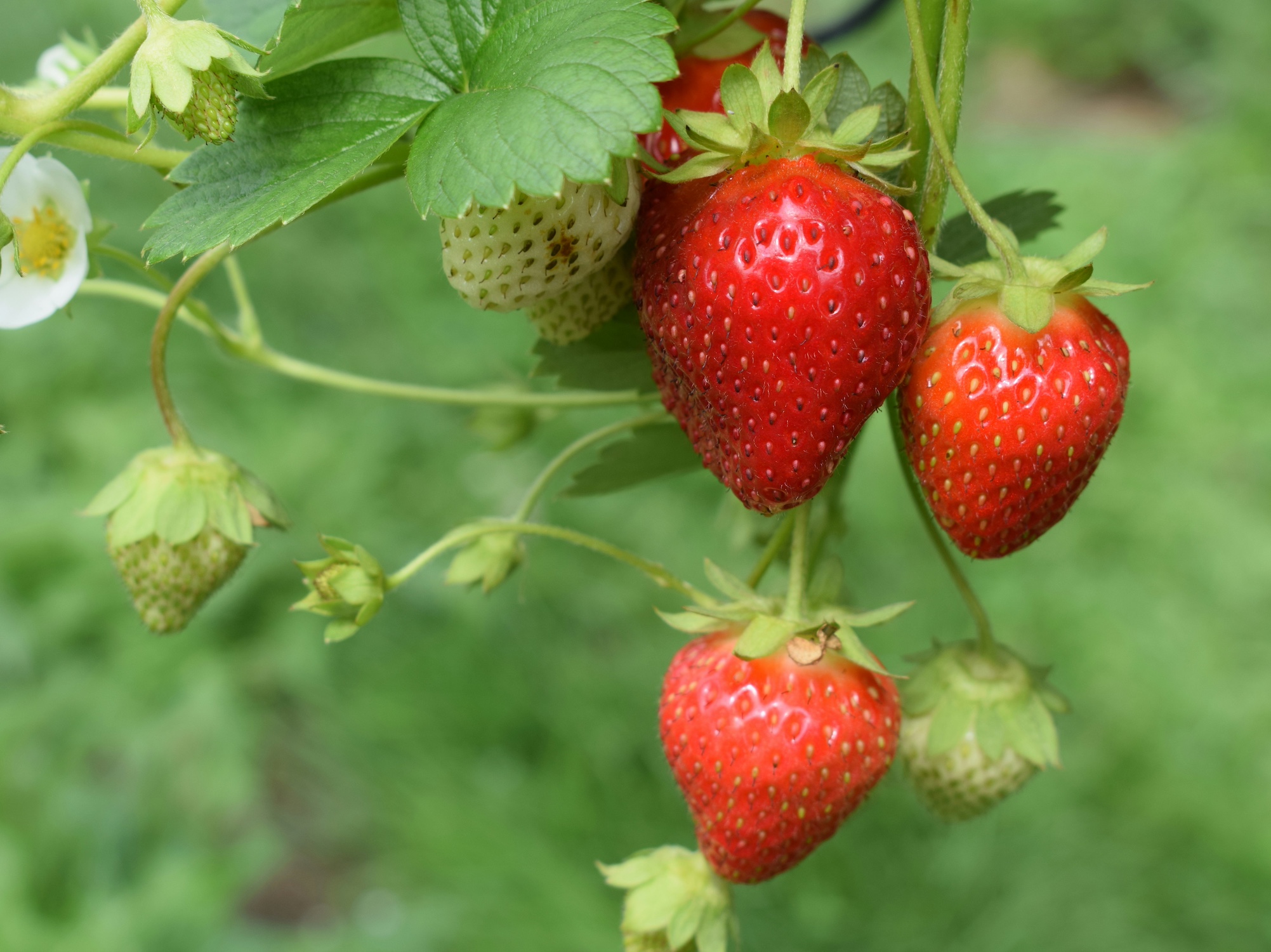
Strawberries are a delightful addition to any small urban or balcony garden, with their ripped green foliage and sweet, juicy berries in the summer. You might overlook strawberries when planning your garden, but these creeping low-maintenance plants are super cost-effective in the garden. Each year, they send out runners to create new baby strawberry plants. As they creep, they can often outcompete weeds, reducing the need to maintain your flower beds as much. Better still, plant them in hanging baskets, watch them hang delicately over the edge, and produce bright red juicy fruits!
Choose compact or trailing varieties suitable for containers like 'Alpine', 'Everbearing', or 'Tristar', and plant them in hanging baskets or strawberry pots for a cascading effect.
2. Nasturtiums (Tropaeolum majus)
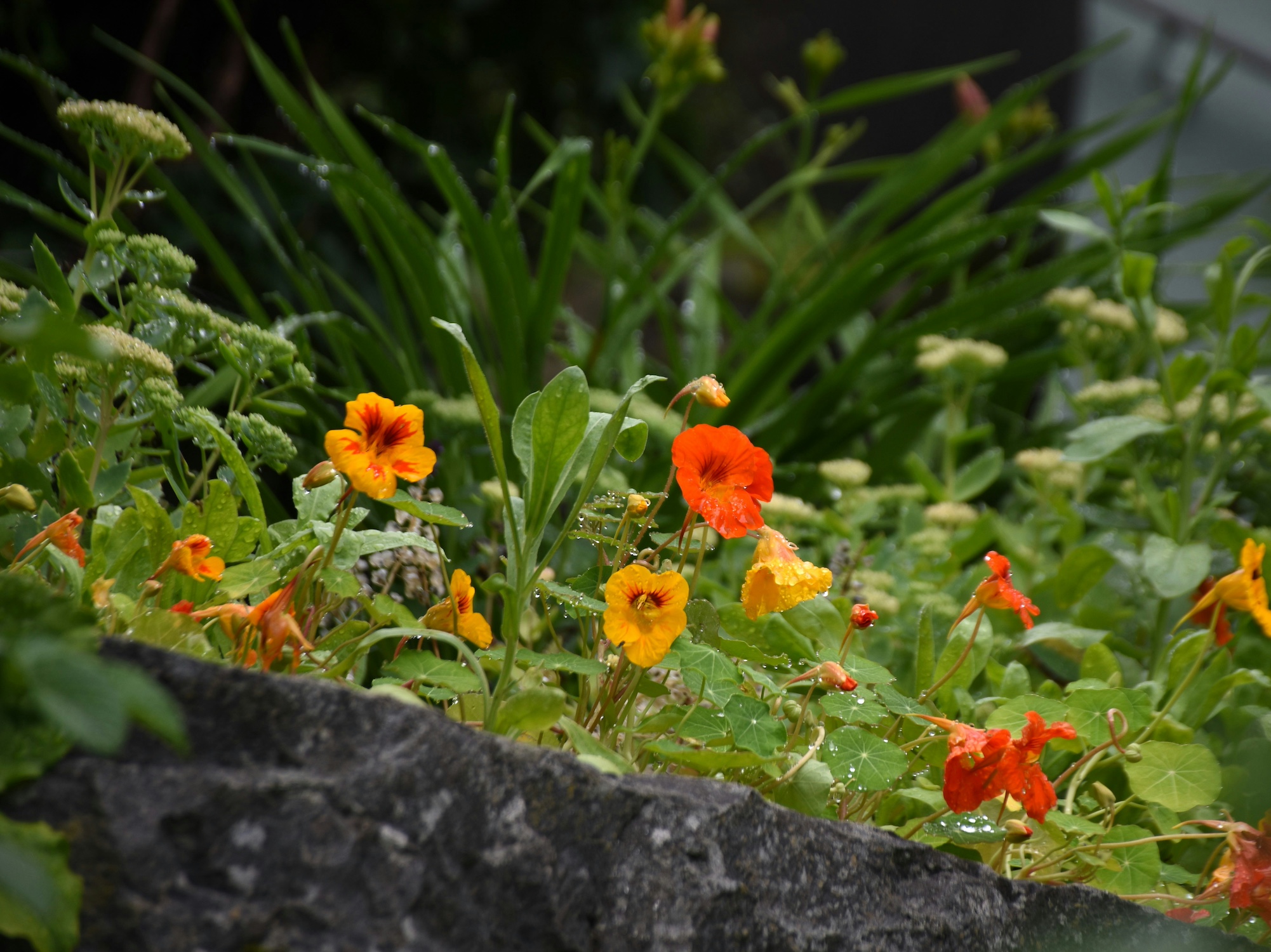
Nasturtiums are prized for their vibrant flowers in shades of orange, yellow, and red and peppery-flavoured leaves and blossoms. A favourite with children who love eating their vibrant, hot-coloured flowers, these annual plants can easily be grown from seed each year. They are probably one of the easiest plants to grow. For around 99p, you can buy a packet of seeds and grow them practically anywhere!
Both the flowers and leaves are edible, adding a colourful and flavourful garnish to salads, sandwiches, and savoury dishes. Consider growing climbing versions up trellis or obelisks to gain some valuable height on your balcony or terrace. Once they finish in October, compost them and regrow from seed the following year!
3. Chicory (Cichorium intybus)
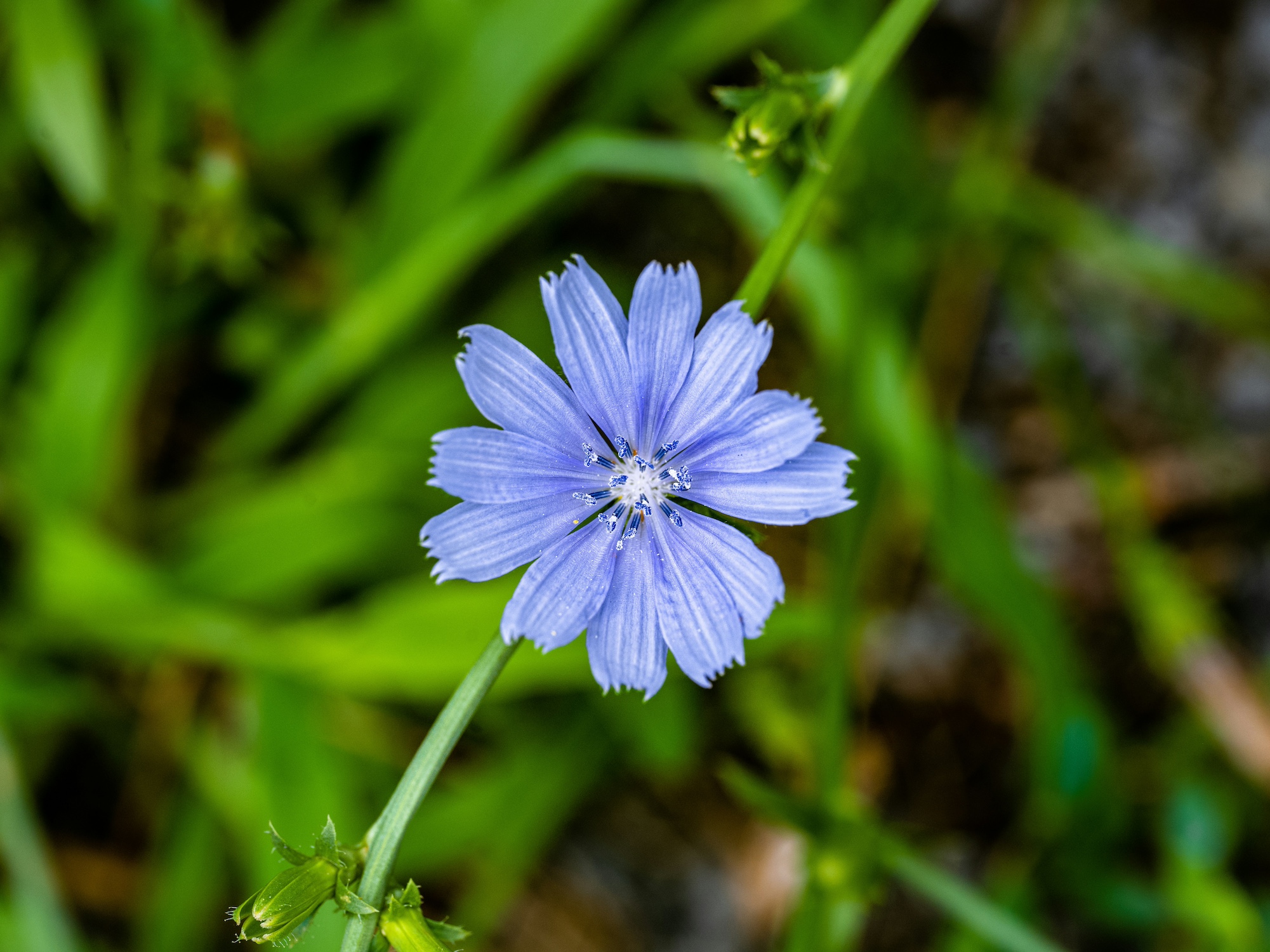
Chicory is a versatile and visually striking addition to balcony gardens, with its elegant, serrated leaves and vibrant blue flowers. Don't mistake it for a dandelion weed, though, as its foliage looks similar as it emerges each year from the ground. The beauty of chicory is its tall, star-shaped bright blue flowers that add height and interest to any garden and soil type. You can eat both the leaves and the roots of this plant.
If you harvest the root, make sure you dry it by slow roasting and then grinding to make a bitter version of coffee, 'Chicory coffee'. In my experience, enjoy its gorgeous flowers and sauté the leaves instead as a green side for any meal!
4. Kale (Brassica oleracea)
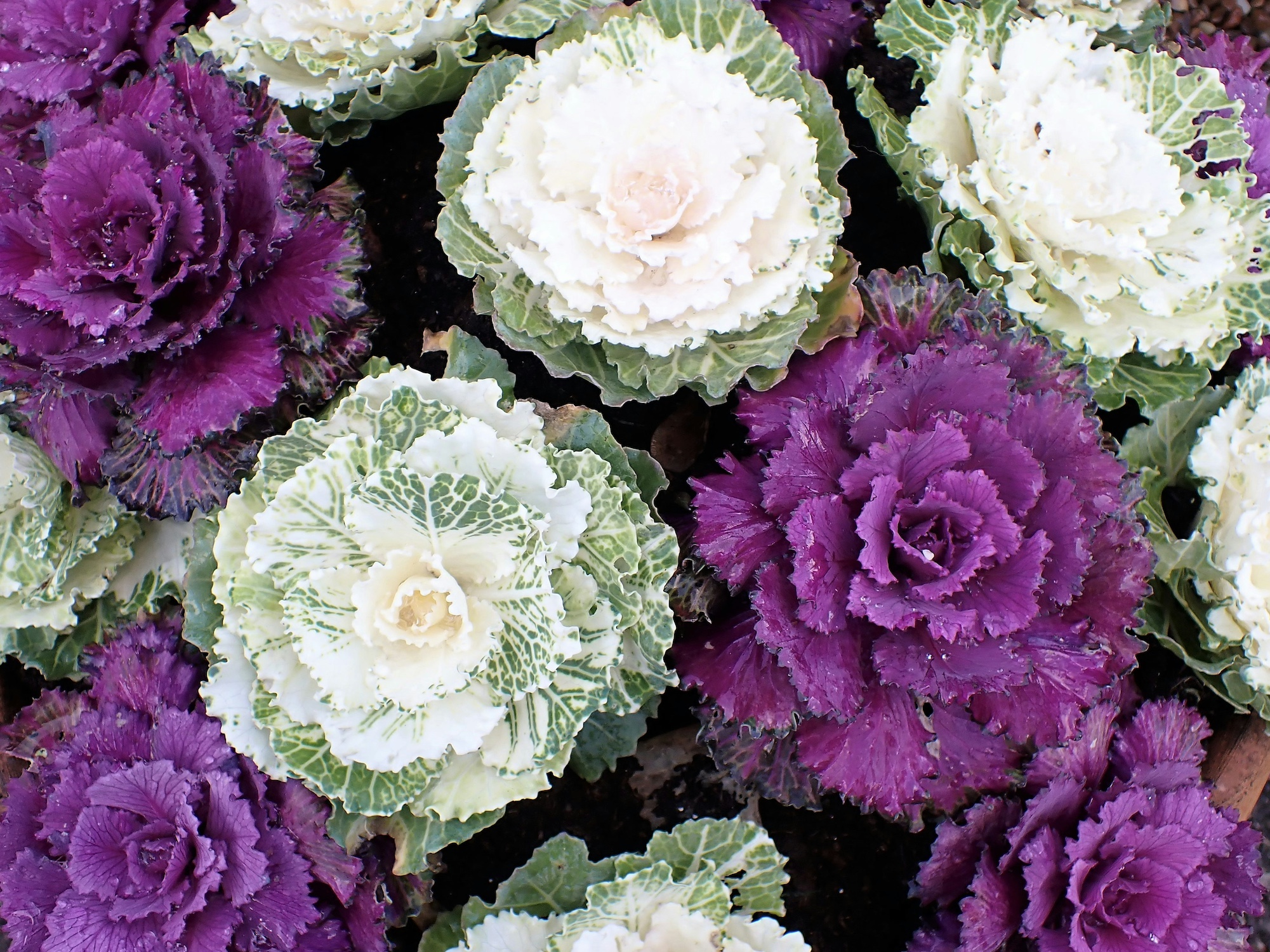
Kale is a nutrient-rich leafy green that adds beauty and flavour to balcony gardens with its colourful foliage and hearty texture. Super easy to grow, this ribbed leaf can add a pop of green foliage to an uninspired pot or window box. Kale is tolerant of a wide range of conditions and is easy for the beginner. The best of all is that it can be harvested and then used wilted in stir-fries or fried as a crispy green side to any meal!
Choose compact varieties such as 'Dwarf Blue Curled' or 'Red Russian', and plant them in containers or vertical gardens to continuously harvest tender leaves for salads, smoothies, and stir-fries. Alternatively, opt for perennial chard, which comes back year after year!
5. Dwarf Beans (Phaseolus vulgaris)

Dwarf beans are a compact and productive addition to balcony gardens, with their attractive foliage and slender pods in shades of green, yellow, and purple. You also don't need huge support for them to climb up like french beans.
The beauty of dwarf beans is that you get wonderful open flowers, which are great for bees and insects, followed by beans in a relatively short time - just a couple of months!
Choose bush varieties like 'Mascotte', 'Purple Queen', or 'Golden Rocky' that don't require support and produce abundant yields in small spaces.
6. Cherry Tomatoes (Solanum lycopersicum)
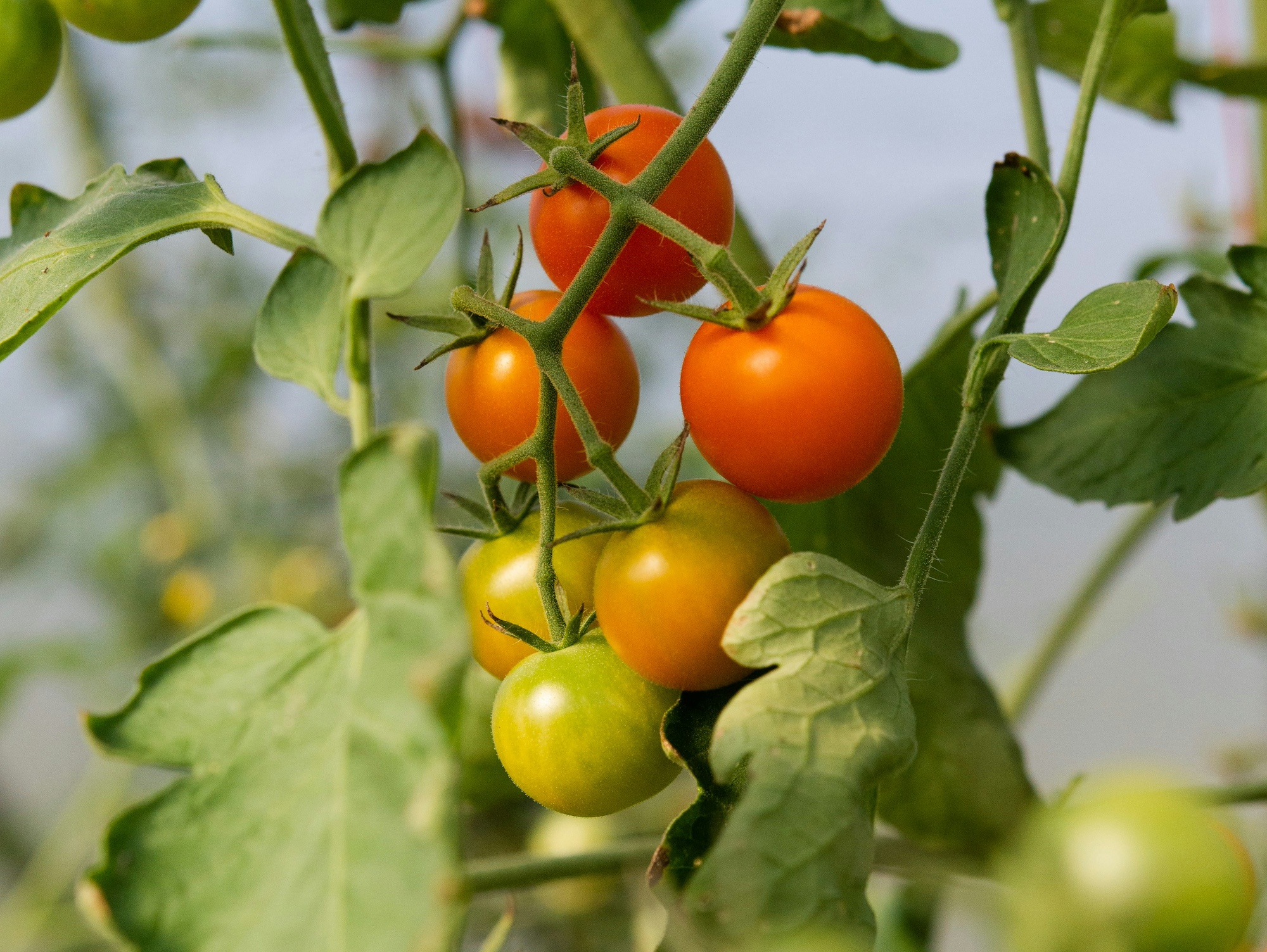
Who doesn't love sweet, home-grown tomatoes? If you're worried you've not got the space for the regular greenhouse-grown varieties, why not consider smaller container-grown Cherry Tomatoes?
Cherry tomatoes are popular for balcony gardens, offering abundant sweet, bite-sized fruits throughout the summer months. Grow these from seed indoors first; you can always follow my beginner's guide here, and then once the weather warms up, you may transplant them outside into containers full of rich compost. Their tiny yellow flowers are a delight, especially after the insects pollinate them and your delicious fruits arrive!
Select compact, determinate varieties like 'Tiny Tim', 'Tumbling Tom', or 'Balcony' for container cultivation, and provide support for the vines with stakes or trellises.
7. Chives (Allium schoenoprasum)
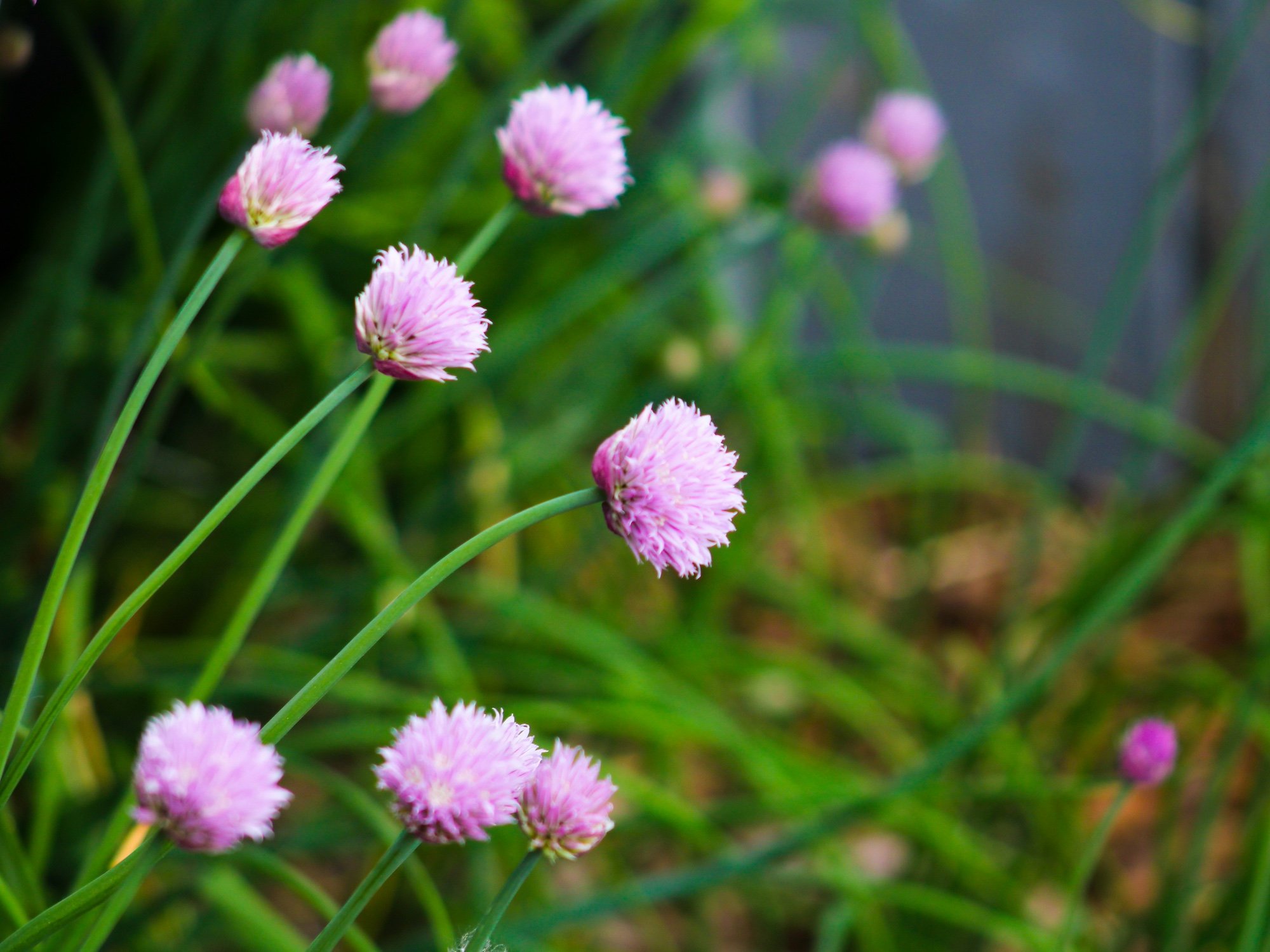
Chives are one of the most overlooked edible plants in any garden. These underrated herbal heroes are an absolute breeze to grow from seed or supermarket pot plants. These bulbous plants send up their tiny grass-like circular shoots in April to be adorned with purple to pink allium-style flowers throughout May. The shoot and flowers are both edible. Snip the stems for an onion substitute for salads, or fry the flowers for a take on a crispy onion ring! These plants spread like wildfire, so if you have the space and want a low-maintenance display, then chives should certainly be on your list!
8. Pansies (Viola spp.)
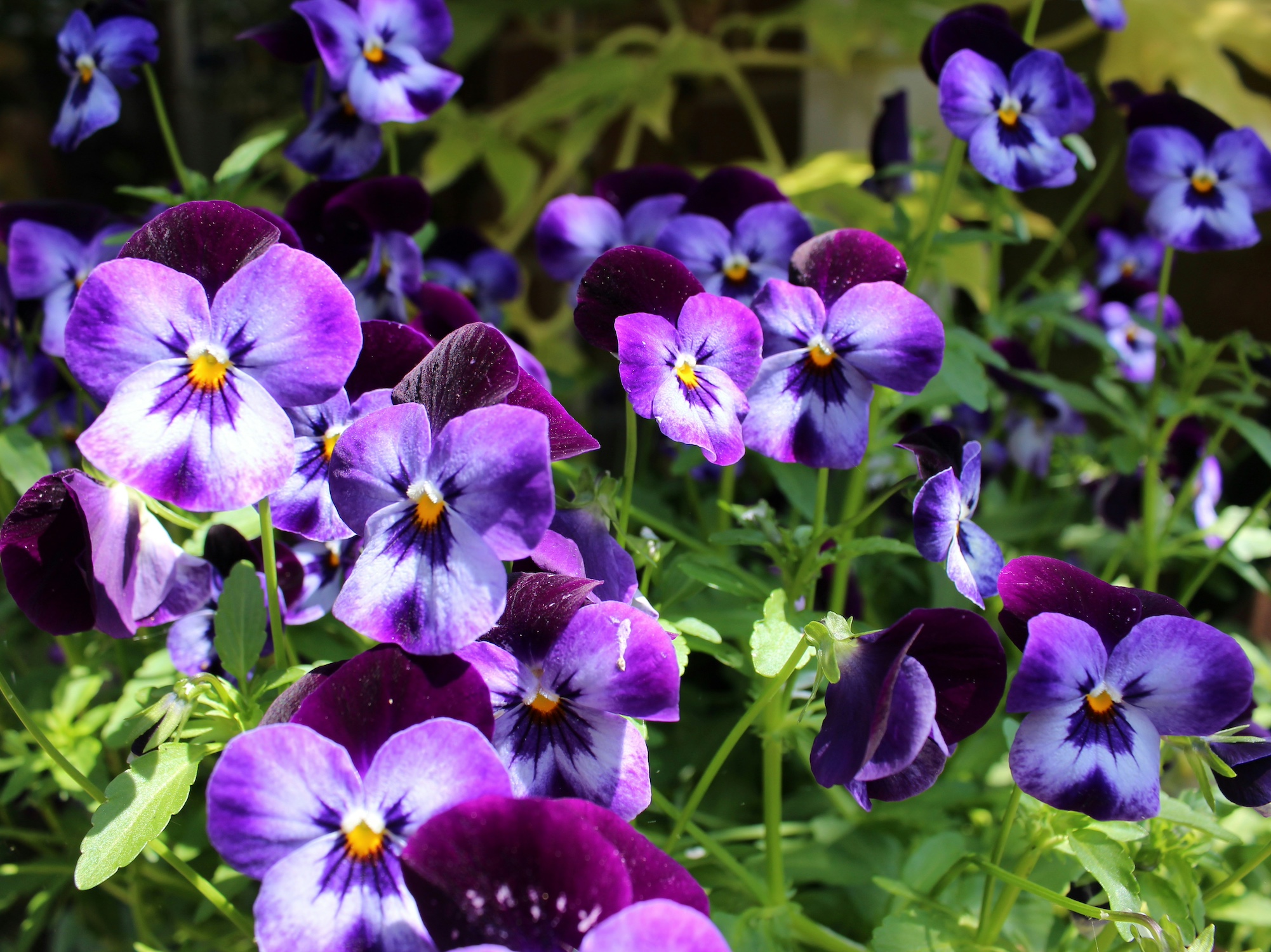
Did you know you can eat Pansies? Pansies are prized for their charming, edible flowers in a rainbow of colours, ranging from purple and blue to yellow and orange. Use pansy flowers to decorate cakes, desserts, and salads, or freeze them in ice cubes for a whimsical touch to drinks and cocktails. One top tip is to mix granulated sugar with hot water so it dissolves. Allow it to cool, and then paint the pansie flowers with the solution. Allow to set, and you will have hard sweets for the tops of cakes or biscuits that you can then eat!
9. Lavender (Lavandula spp.)
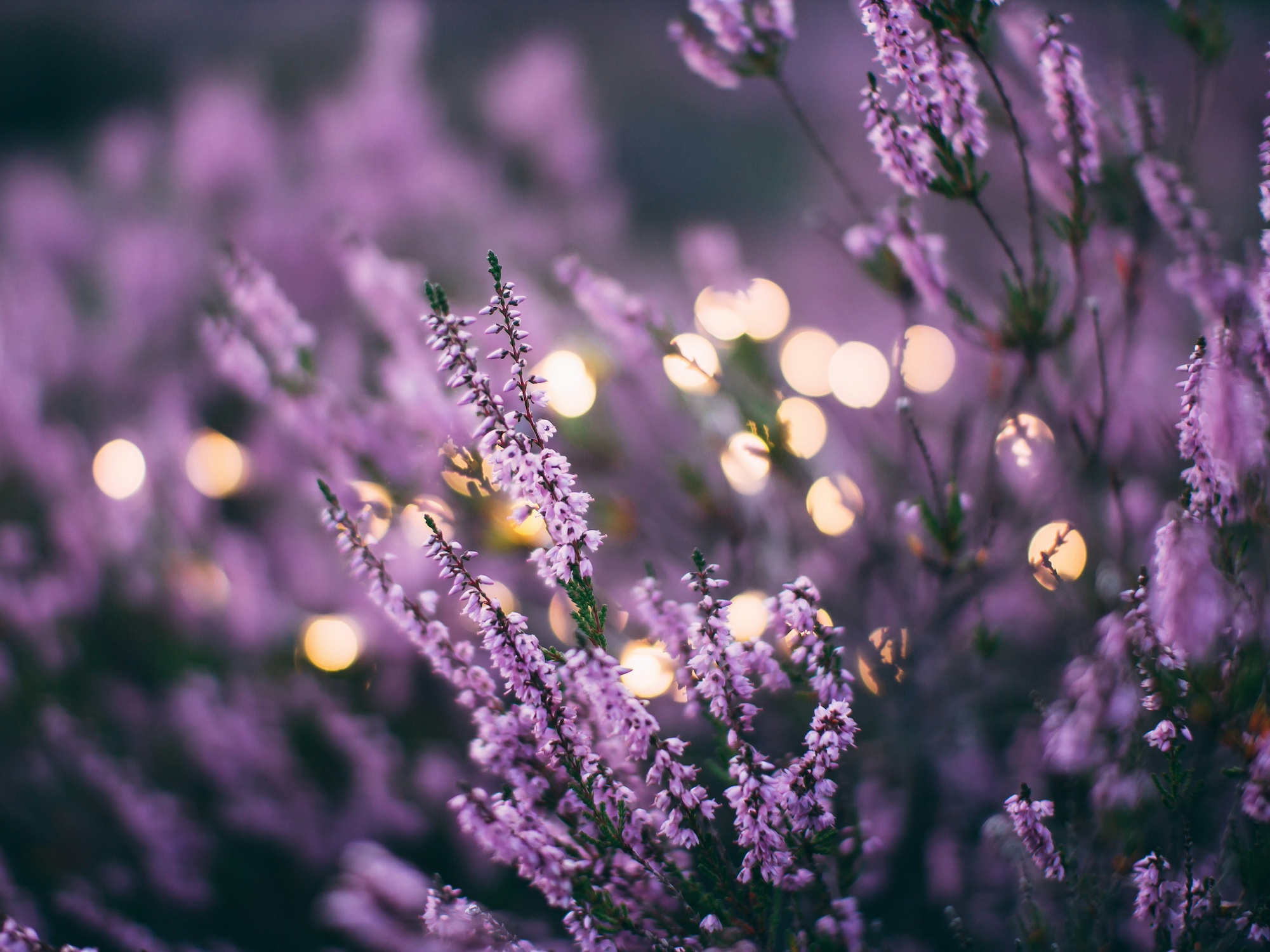
Lavender is ubiquitous for its fragrant flowers and aromatic foliage, adding elegance and formality to any garden. What most gardeners don't realise is that lavender is not just useful for aromatherapy but can also be eaten!
Use lavender flowers to flavour baked goods and infused syrups, or simply enjoy their beauty and fragrance as a natural air freshener. One fantastic use of dried lavender from your garden is to make relaxing lavender tea. Add one teaspoon of dried garden lavender flowers to a cup of boiling water for 5 minutes, strain and then drift off in a lavender haze!
10. Grape Vines (Vitis vinifera)
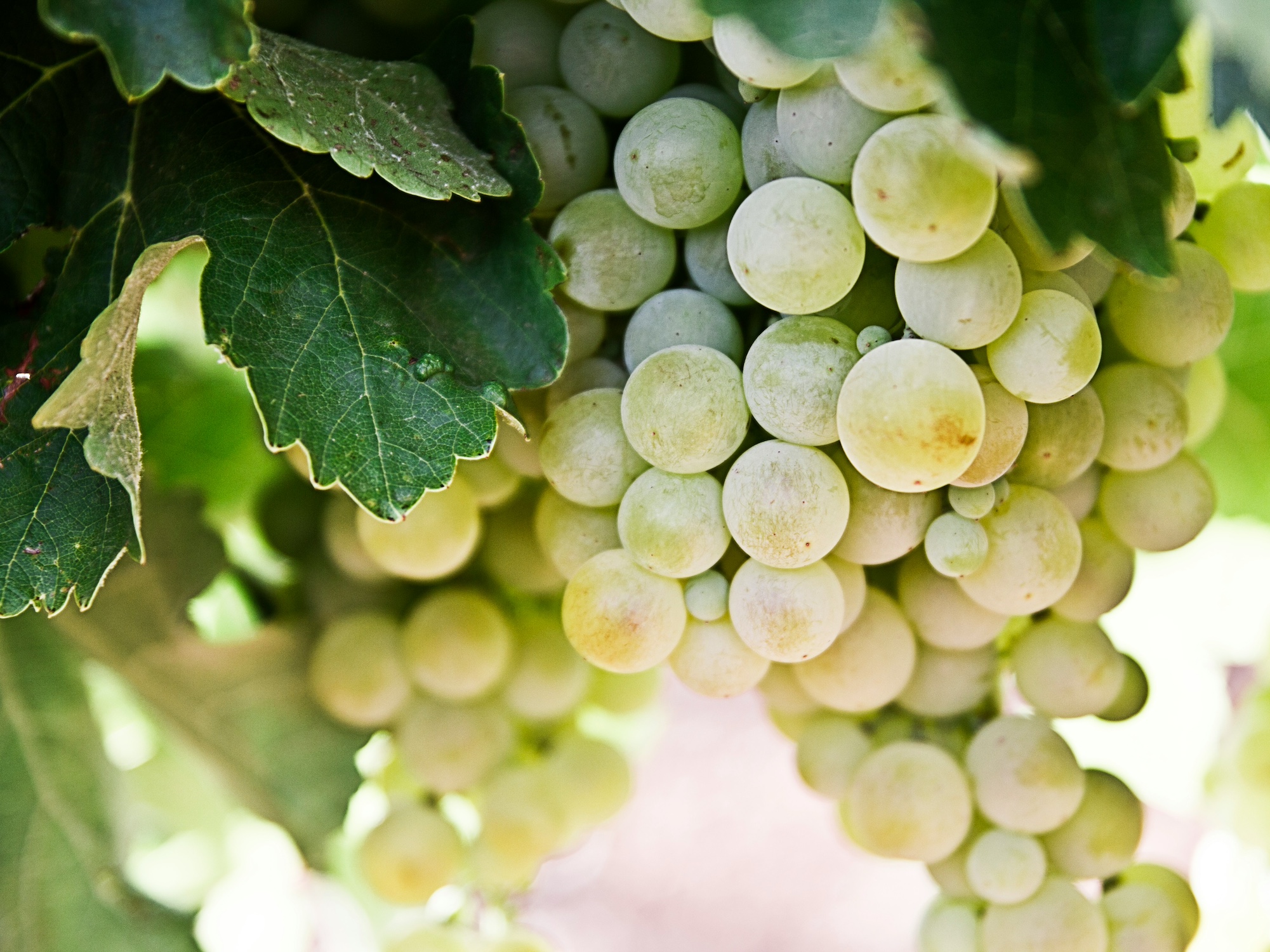
My final edible ornamental is a climbing plant, the humble and often overlooked grapevine. Whilst vines can be voracious growers, a few are suitable for balconies or small container gardens, providing a trellis or obelisk for them to climb up. The beauty of vines is twofold. You get those huge vine leaves for interest, and then in warmer parts of the UK, the chance of grapes midsummer! However, it is not the grapes I'm suggesting you eat. It's for the edible leaves of the grapevine itself! Use them in salads, pickles, or to wrap rice up in for a delicious Mediterranean treat!
Try cultivars such as Phoenix, Muscat Bleu, Regent or Solaris all of which are hardy here in the UK.
When working with a smaller garden where space is at a premium, it makes sense to grow ornamental flowers and plants that can double up as a harvest for you in the kitchen. Not only does this kind of gardening reward you for your efforts, but it also means you're more likely to make time for your outdoor space and reap the benefits of your gardening efforts. So next time you head down to the garden centre, consider which plants you can eat and enjoy their beauty!
Happy gardening,
Lee Garden Ninja
About Lee

Lee Burkhill aka the Garden Ninja is a multi-award-winning garden designer, horticulturist, garden blogger, vlogger, TV Presenter and YouTuber. Hailing from the North West of England, Lee has an infectious enthusiasm for helping gardeners all over the world. The Garden Ninja is his garden design business and online gardening blog, and he was recently voted one of the Top 10 Gardening Bloggers and Garden Vloggers in the UK. Lee is also part of the BBC Garden Rescue Team, which you can watch on weekdays at 3.45 pm on BBC One or BBC iPlayer. Here at Lazy Susan, we’re looking forward to sharing his exclusive horticultural tips, tricks and advice on our blog.



